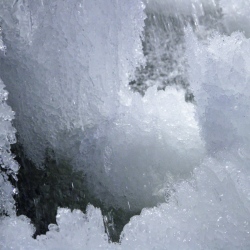
Progress has been made in recent years in understanding the observed past sea-level rise. As a result, process-based projections of future sea-level rise have become dramatically higher and are now closer to semi-empirical projections. However, process-based models still underestimate past sea-level rise, and they still project a smaller rise than semi-empirical models.
Sea-level projections were probably the most controversial aspect of the 4th IPCC report, published in 2007. As an author of the paleoclimate chapter, I was involved in some of the sea-level discussions during preparation of the report, but I was not part of the writing team for the projections. At the core of the controversy were the IPCC-projections which are based on process models (i.e. models that aim to simulate individual processes like thermal expansion or glacier melt). Many scientists felt that these models were not mature and understated the sea-level rise to be expected in future, and the IPCC report itself documented the fact that the models seriously underestimated past sea-level rise. (See our in-depth discussion published after the 4th IPCC report appeared.) That was confirmed again with the most recent data in Rahmstorf et al. 2012.
As a result of the IPCC-discussions, in 2006 I developed a complementary approach to estimating future sea-level rise and offered it to IPCC (but it was not used); this was published in Science in 2007 (and with over 300 citations to date it turned out to be the second-most-cited of the ~10,000 sea-level papers that were published since 2007). This “semi-empirical approach” linked the rate of global sea-level rise to global temperature in a simple physically motivated equation, calibrated with past data. It suggested that sea-level might rise about twice as much by 2100 AD as predicted by IPCC. My main conclusion was not that semi-empirical models are necessarily better, but that “the uncertainty in future sea-level rise is probably larger than previously estimated”. We will come back to this issue, i.e. the overall uncertainty across different model types and using all available information, in part 2 of this post.
